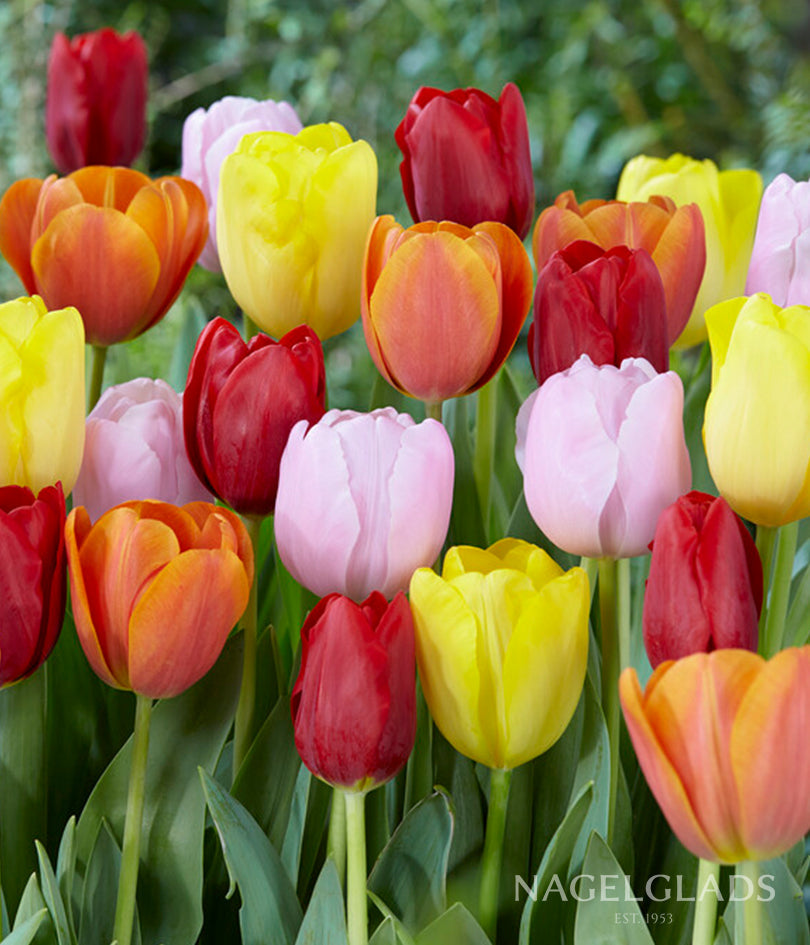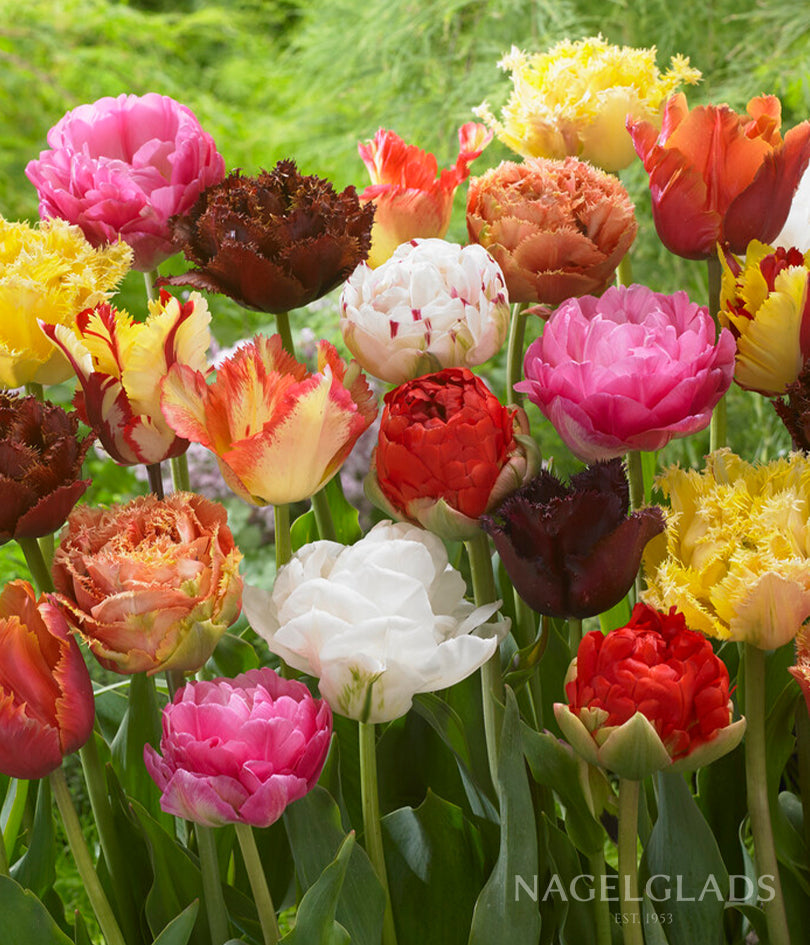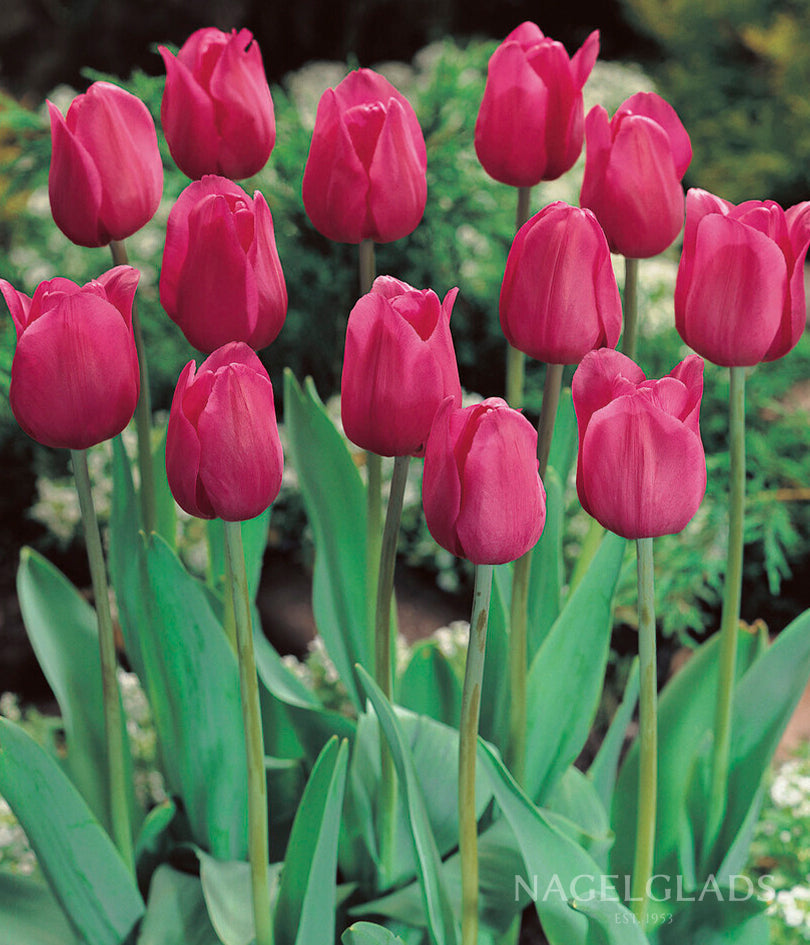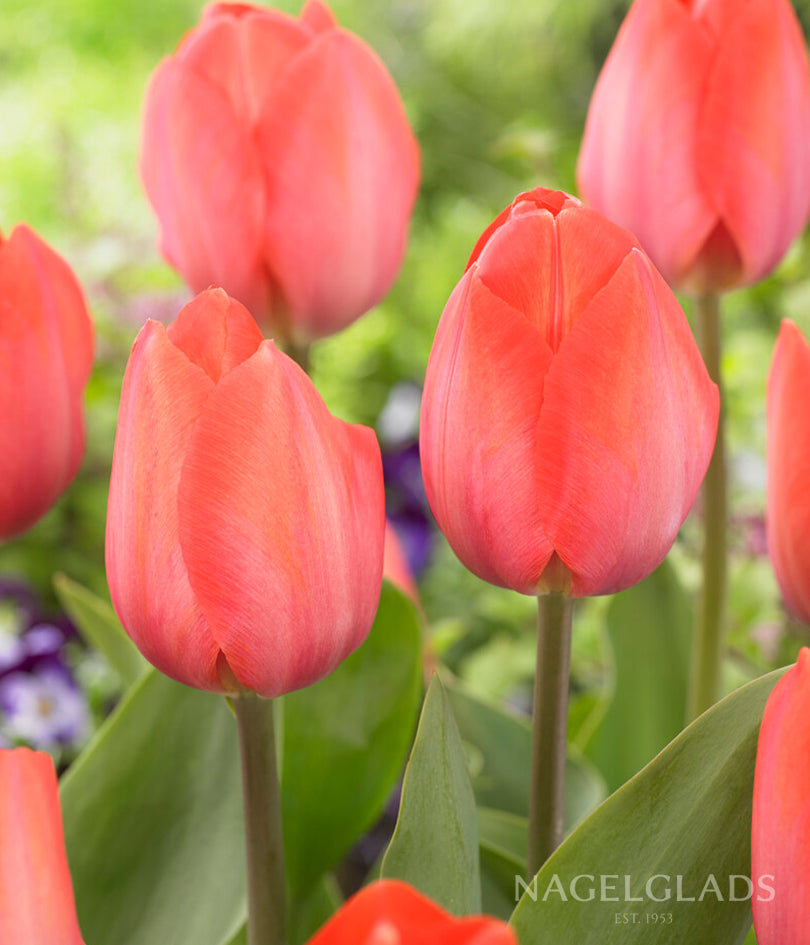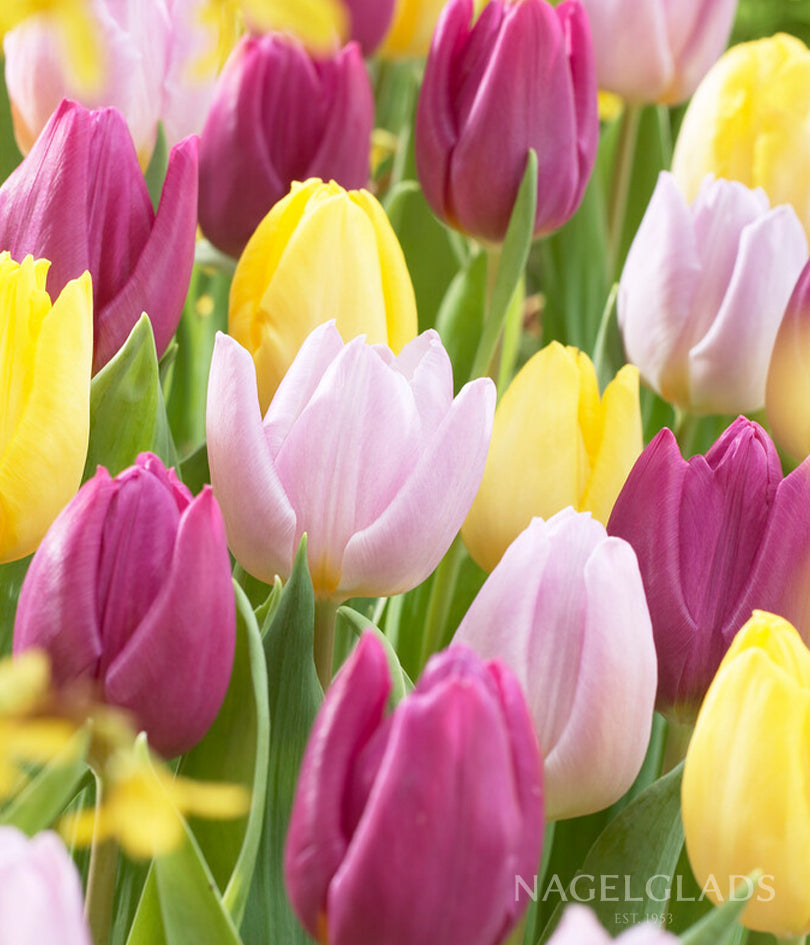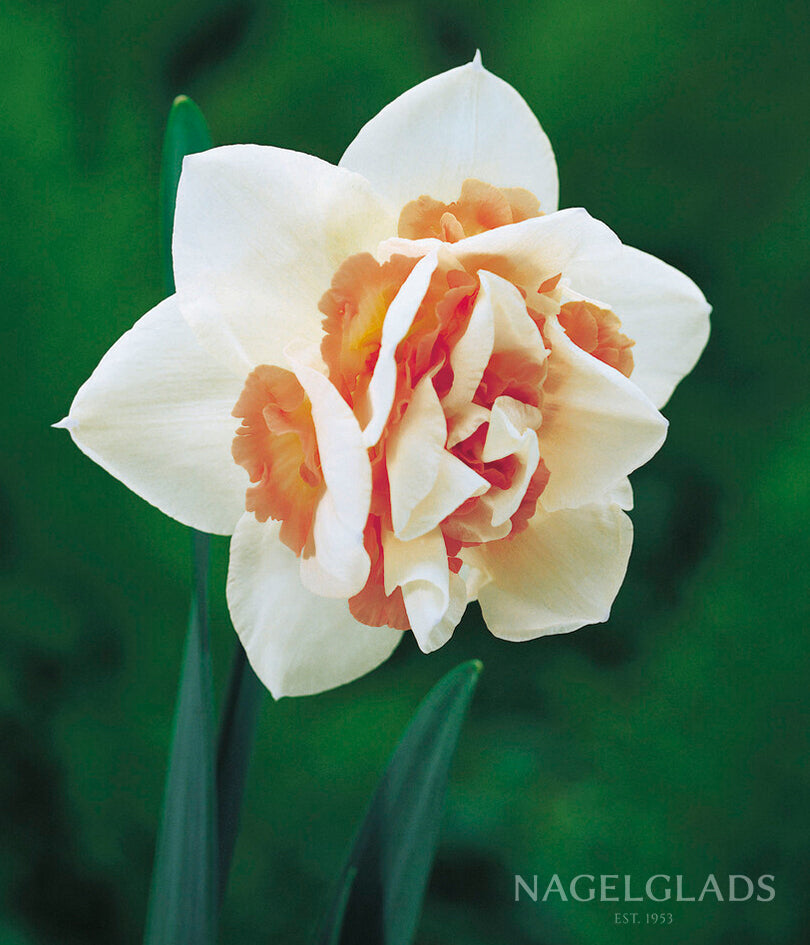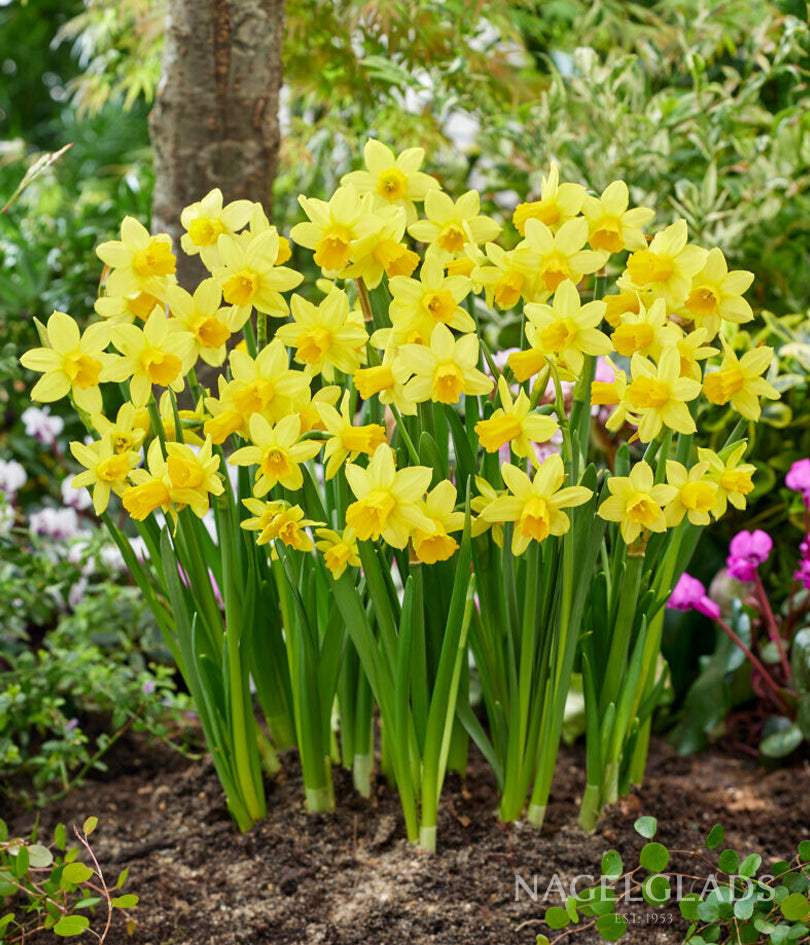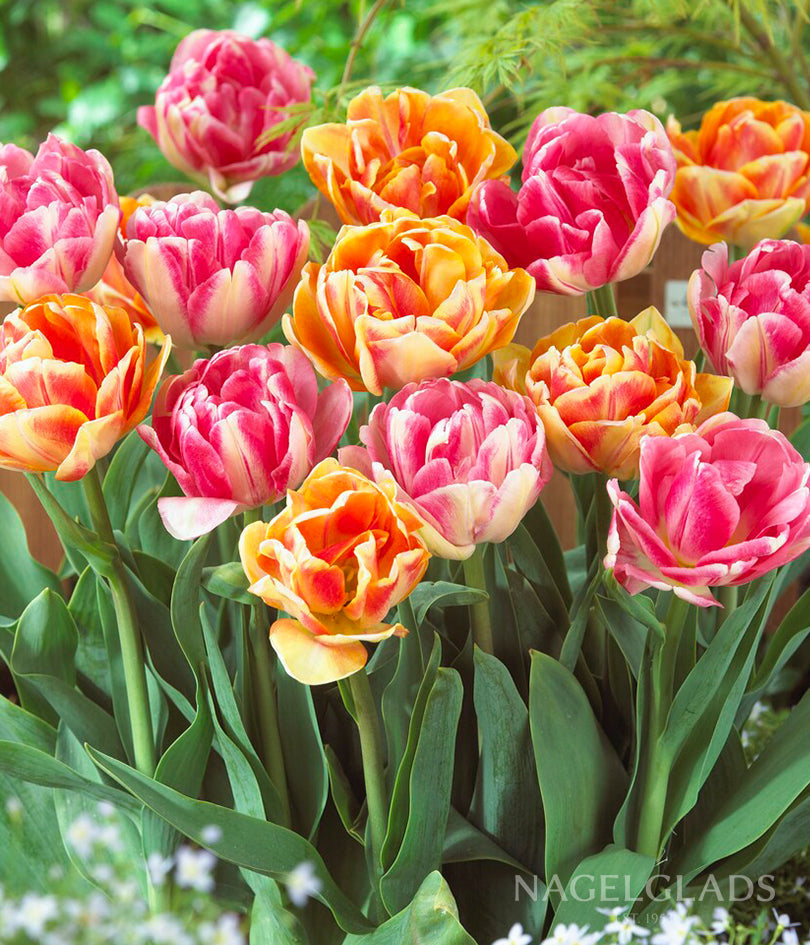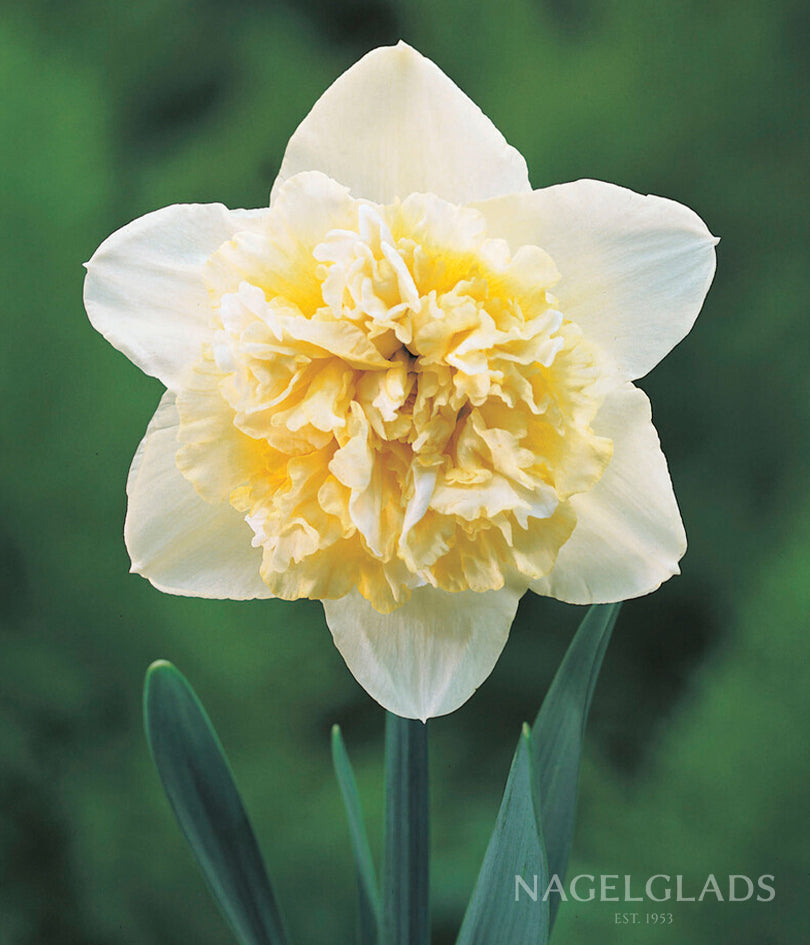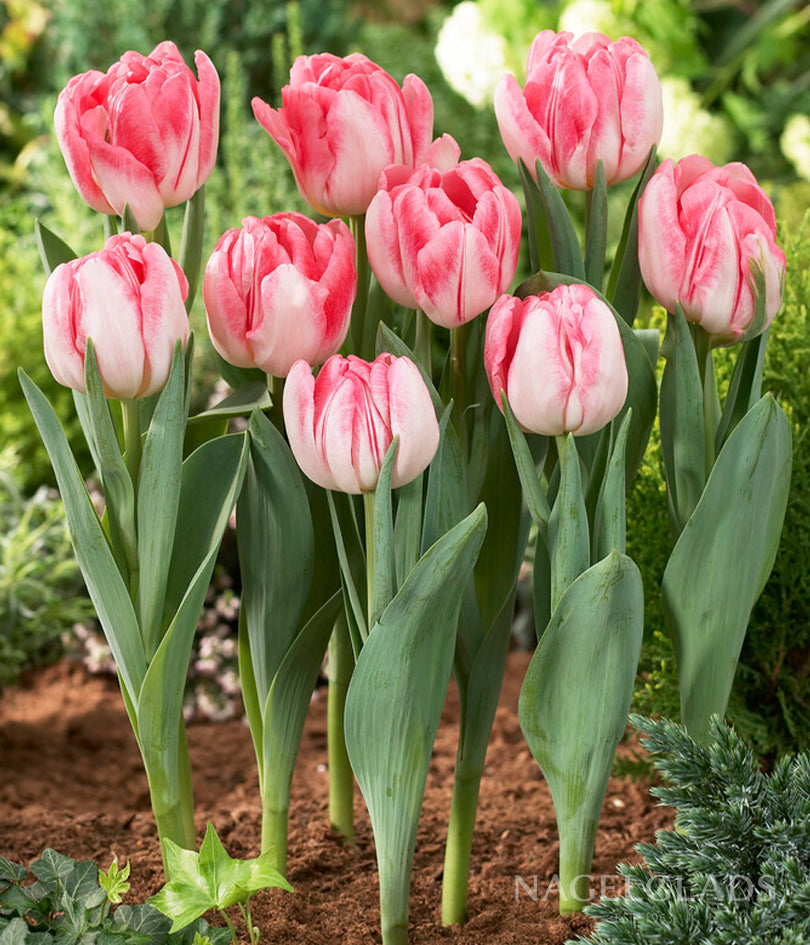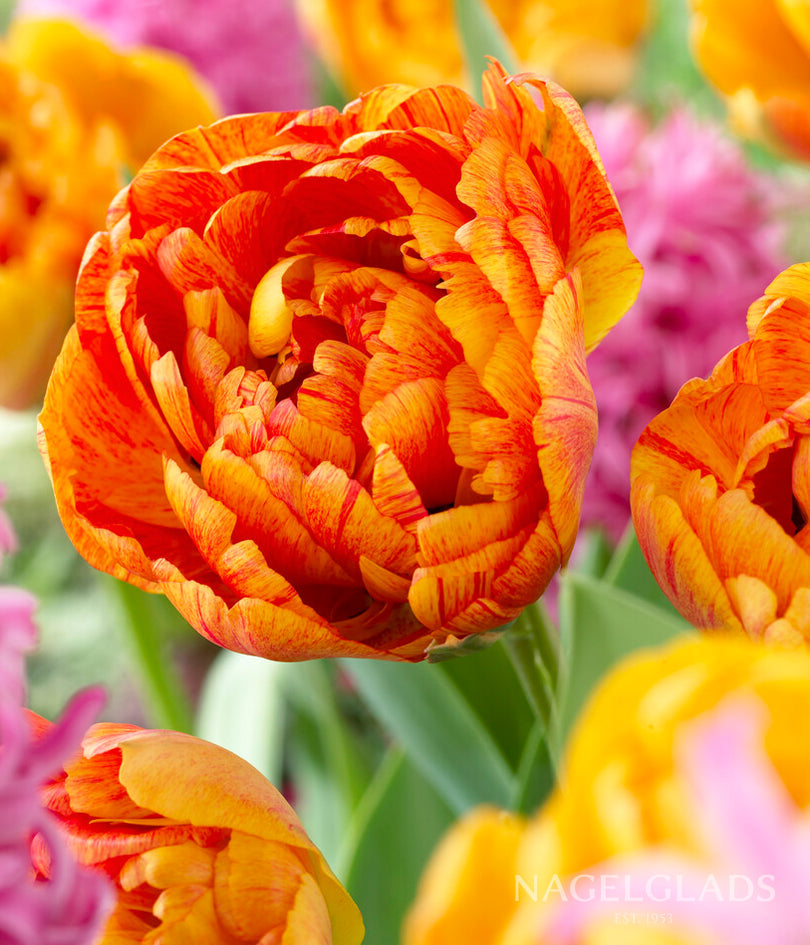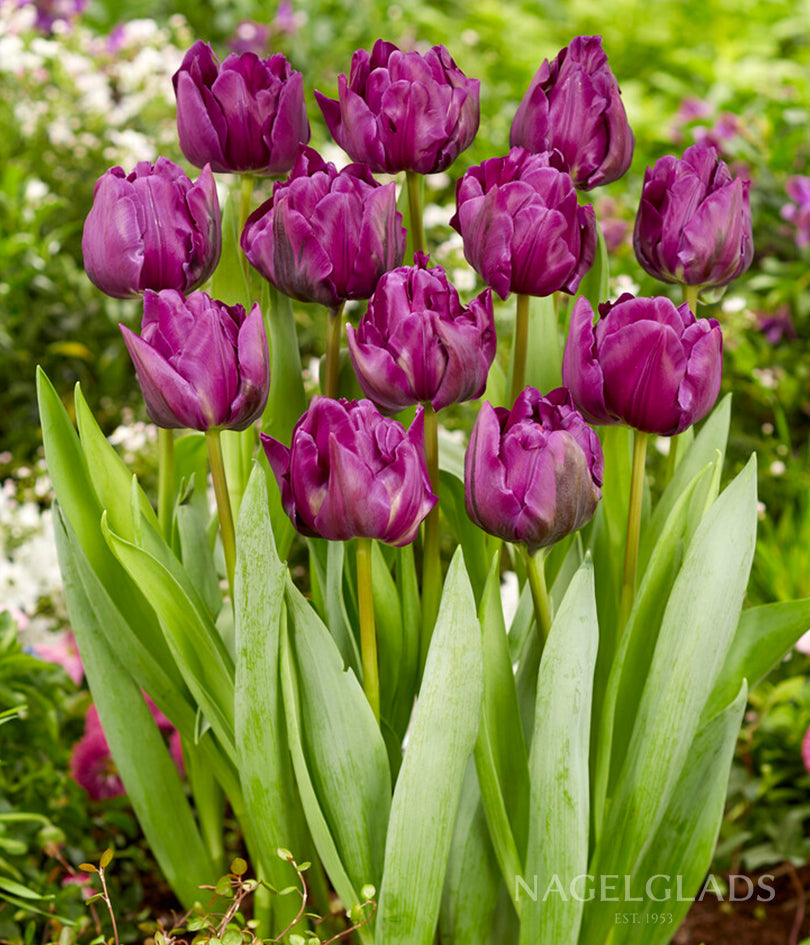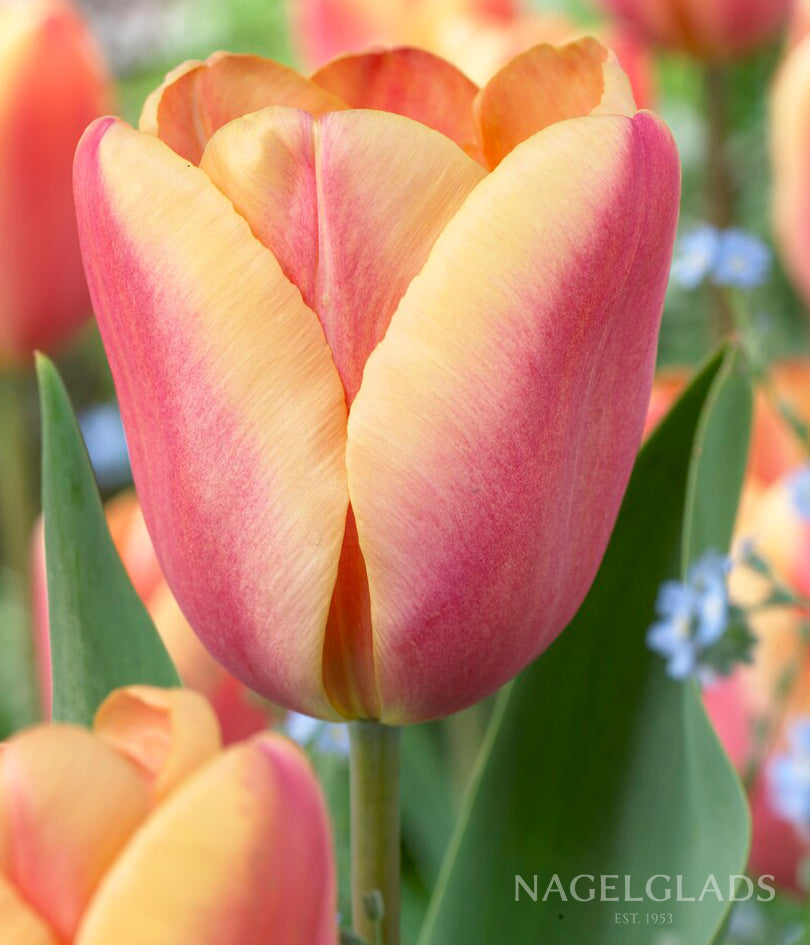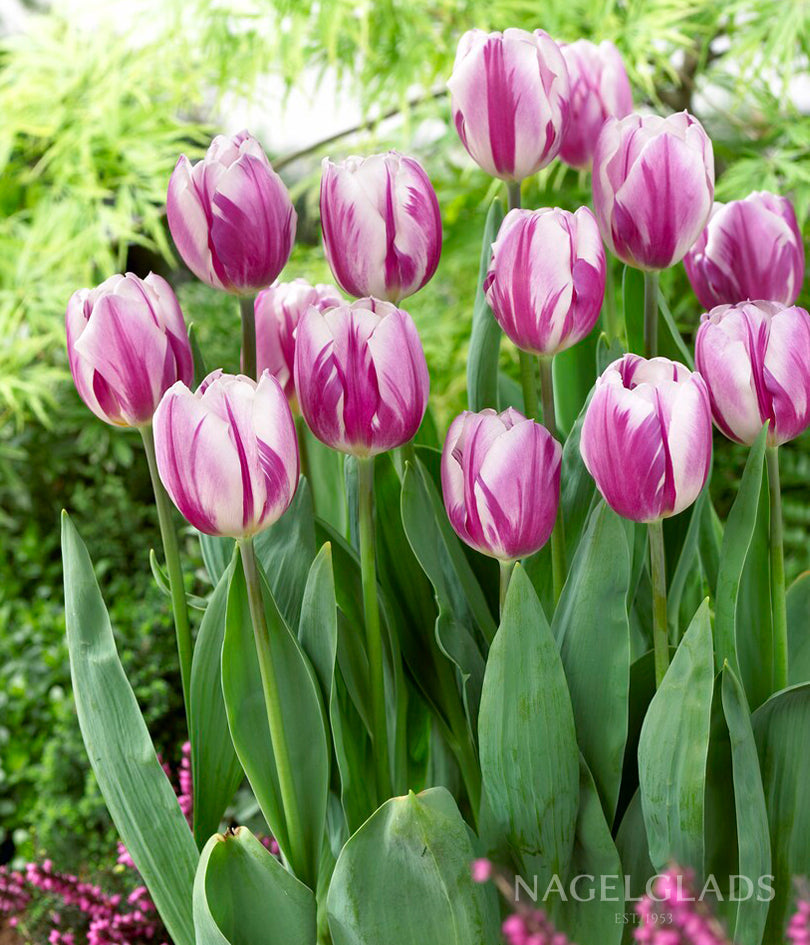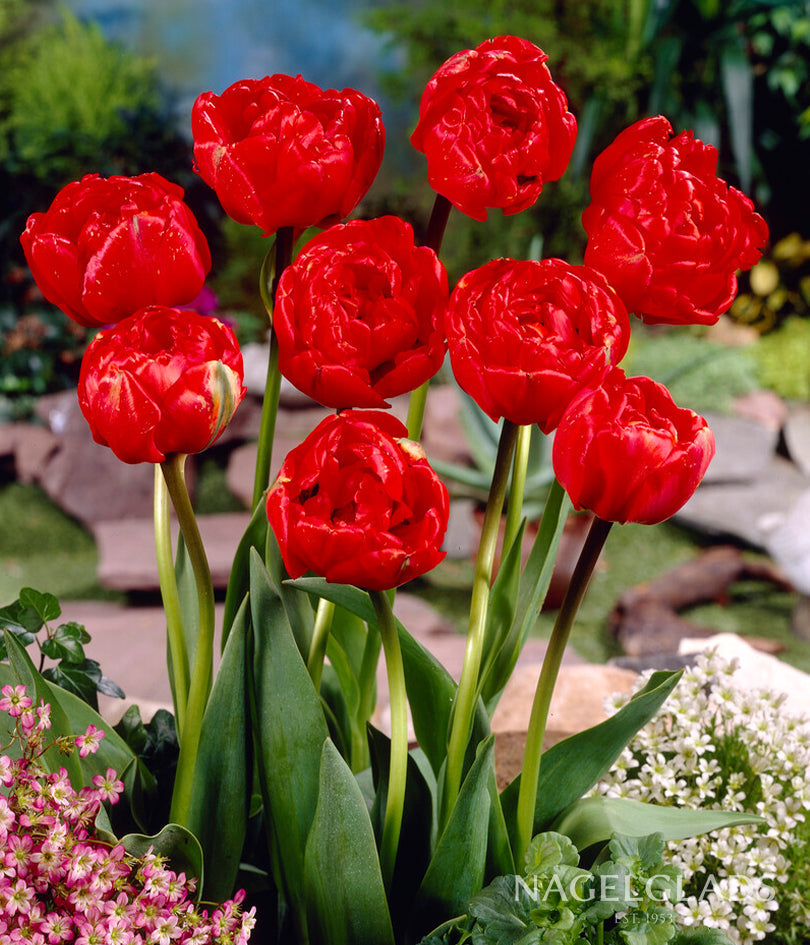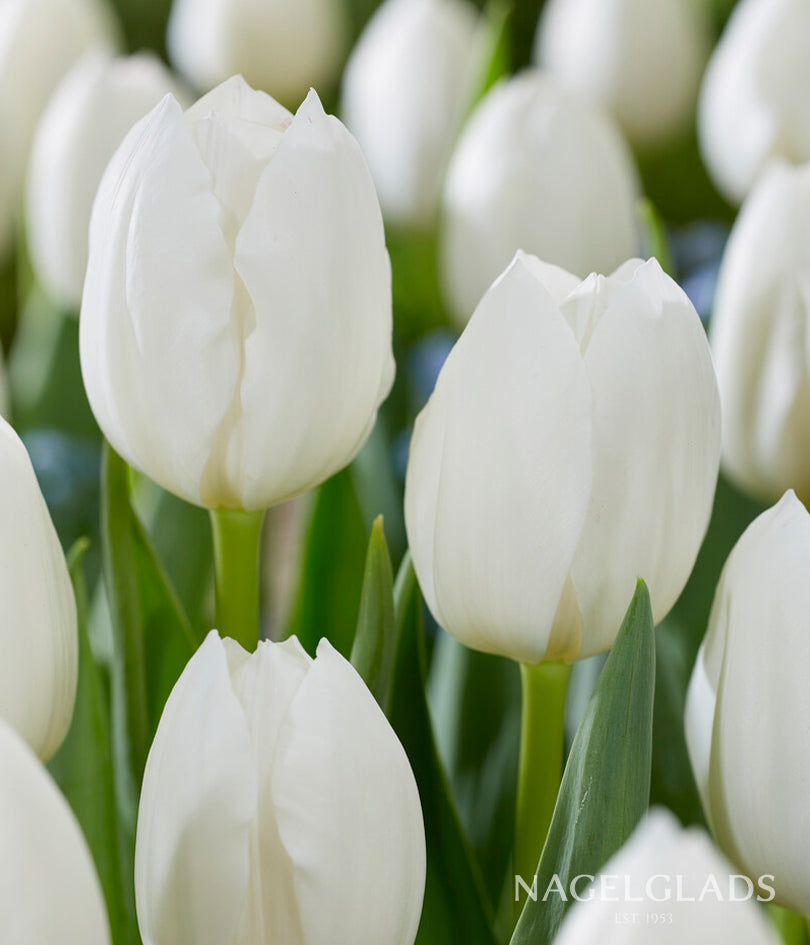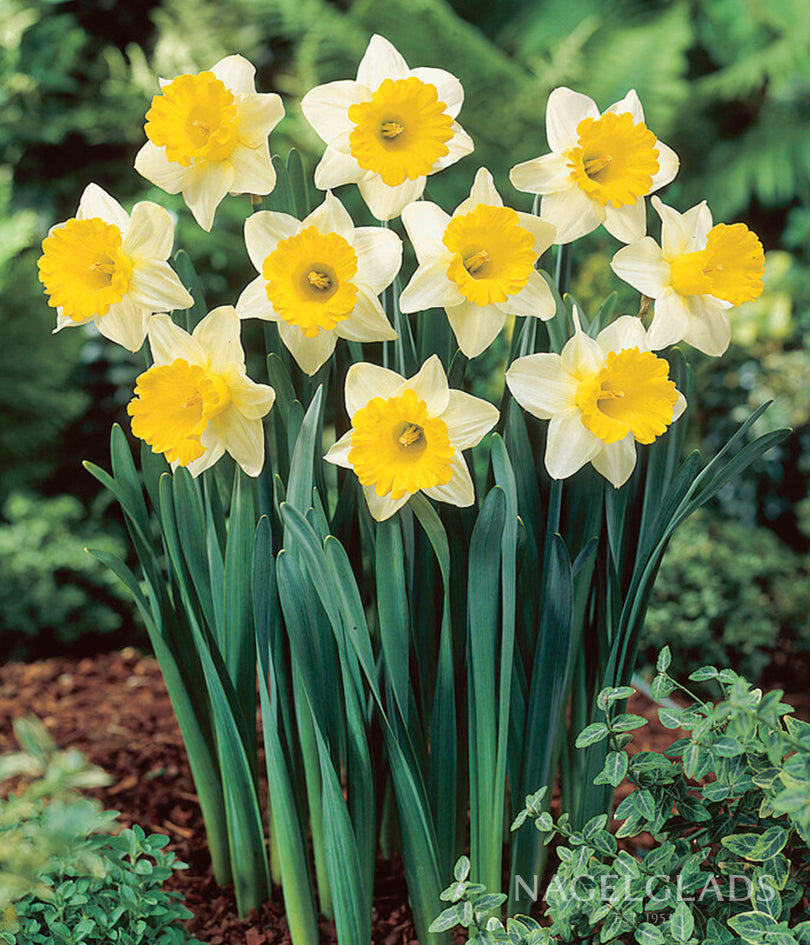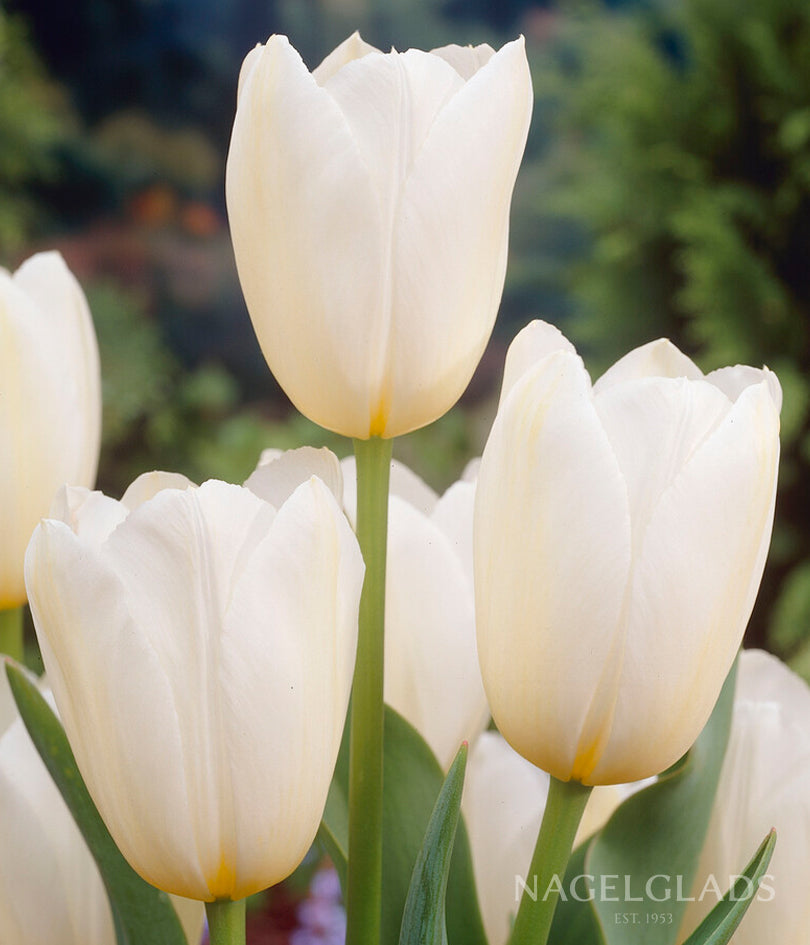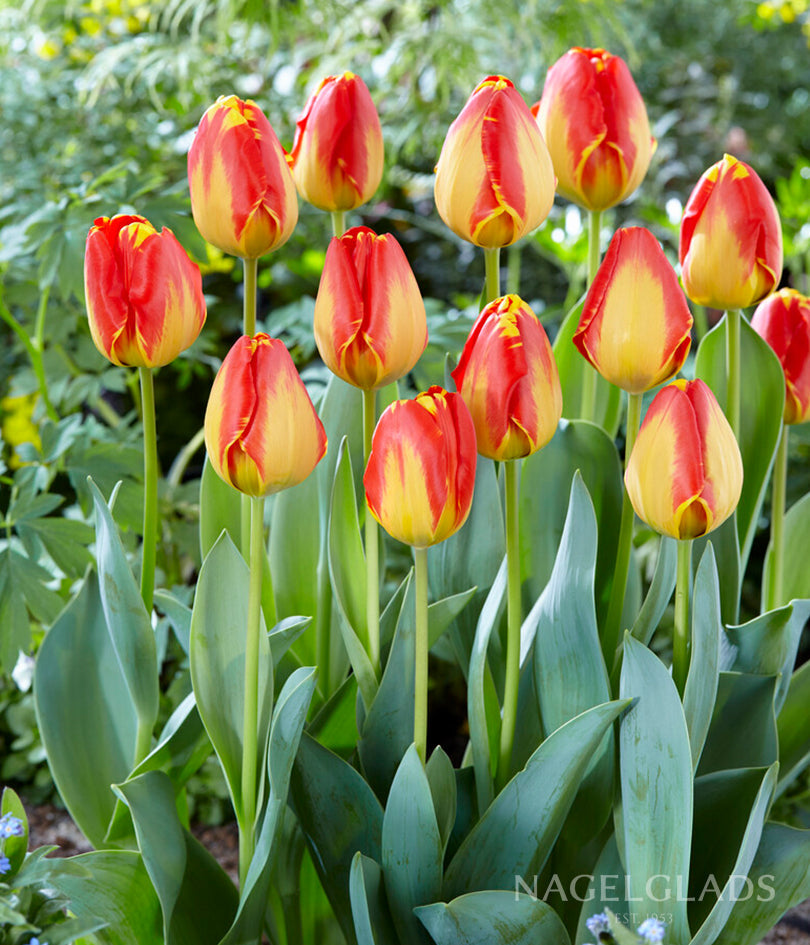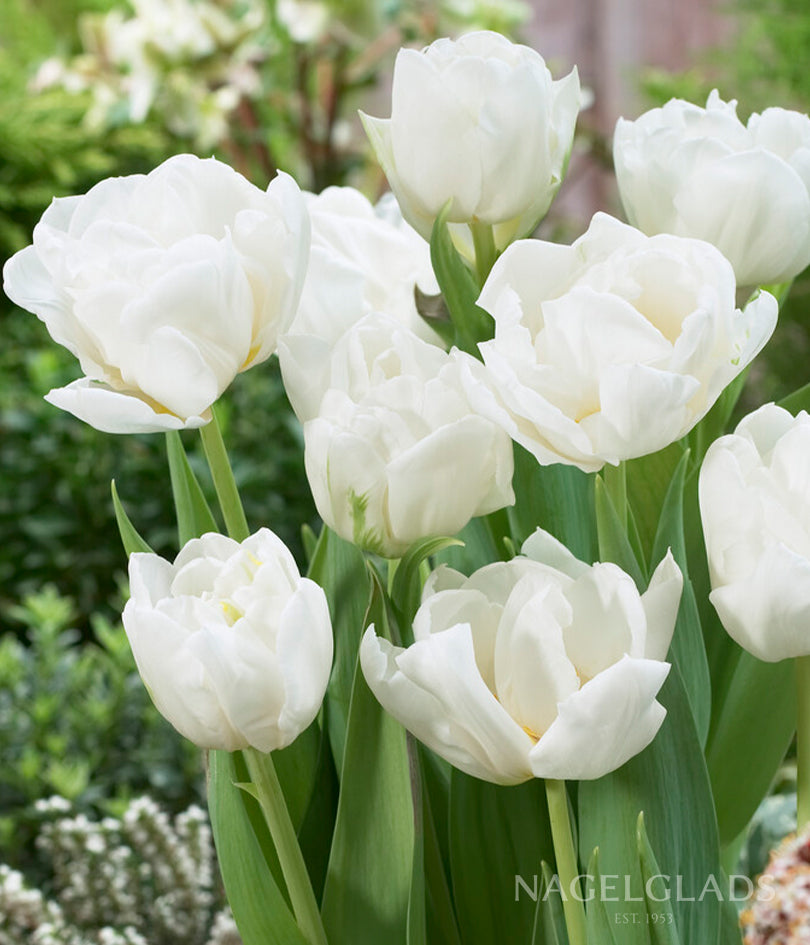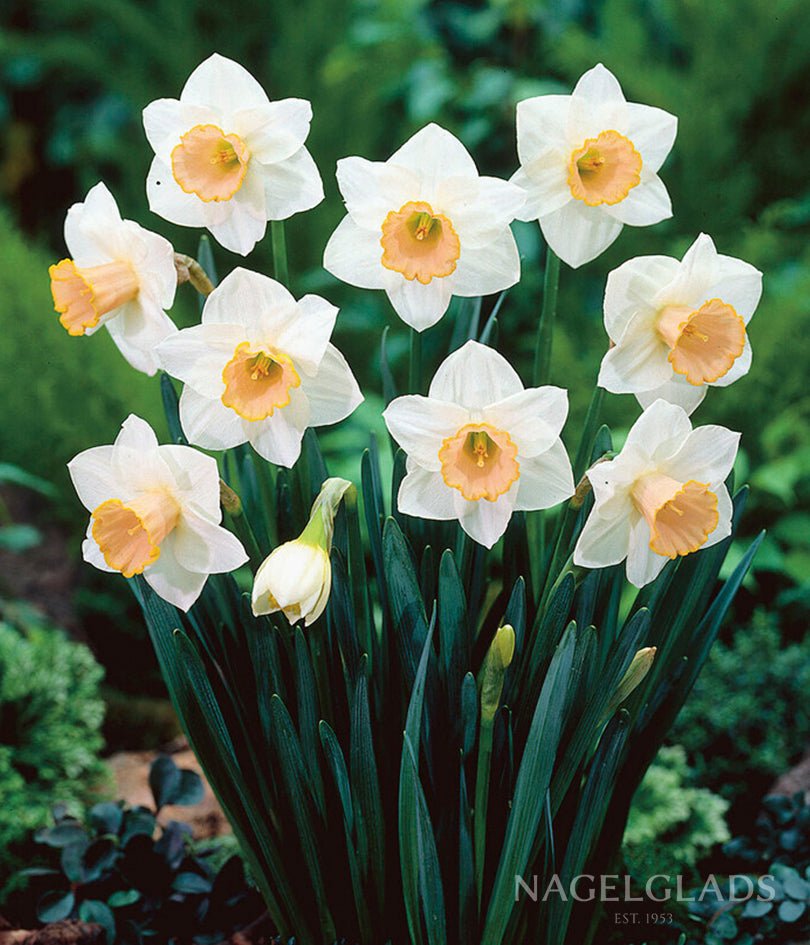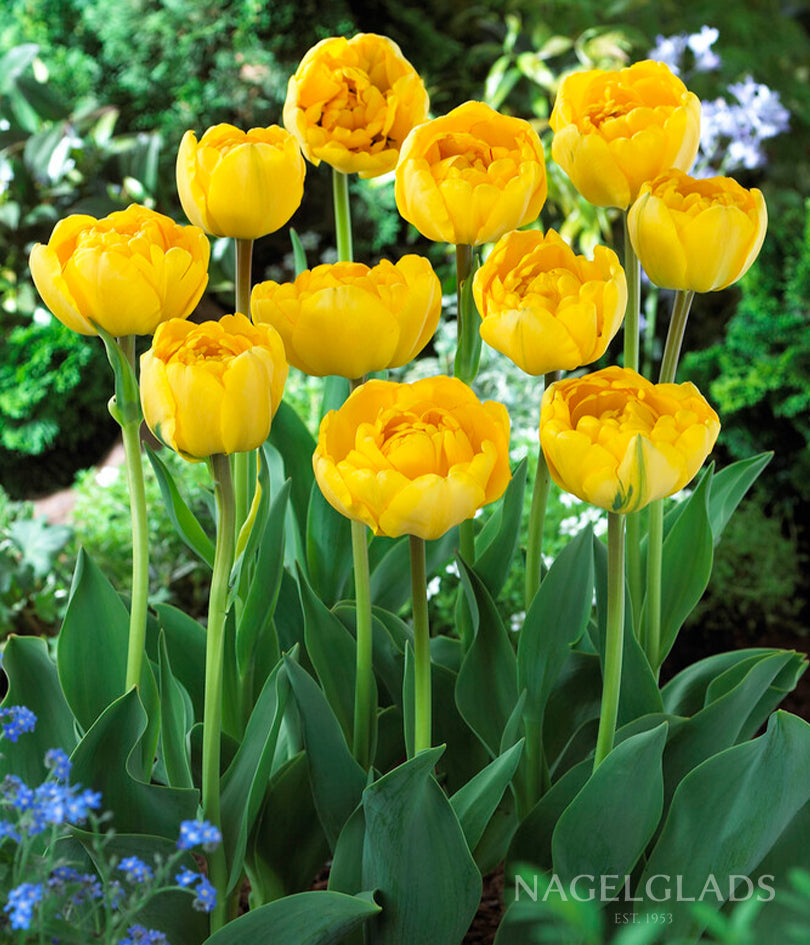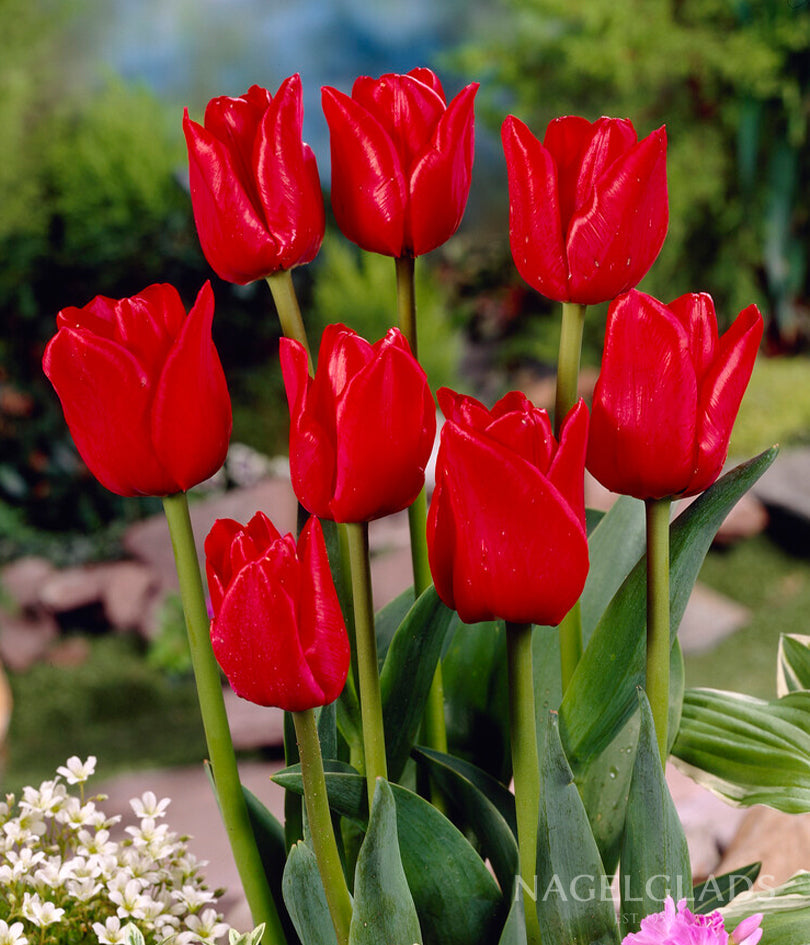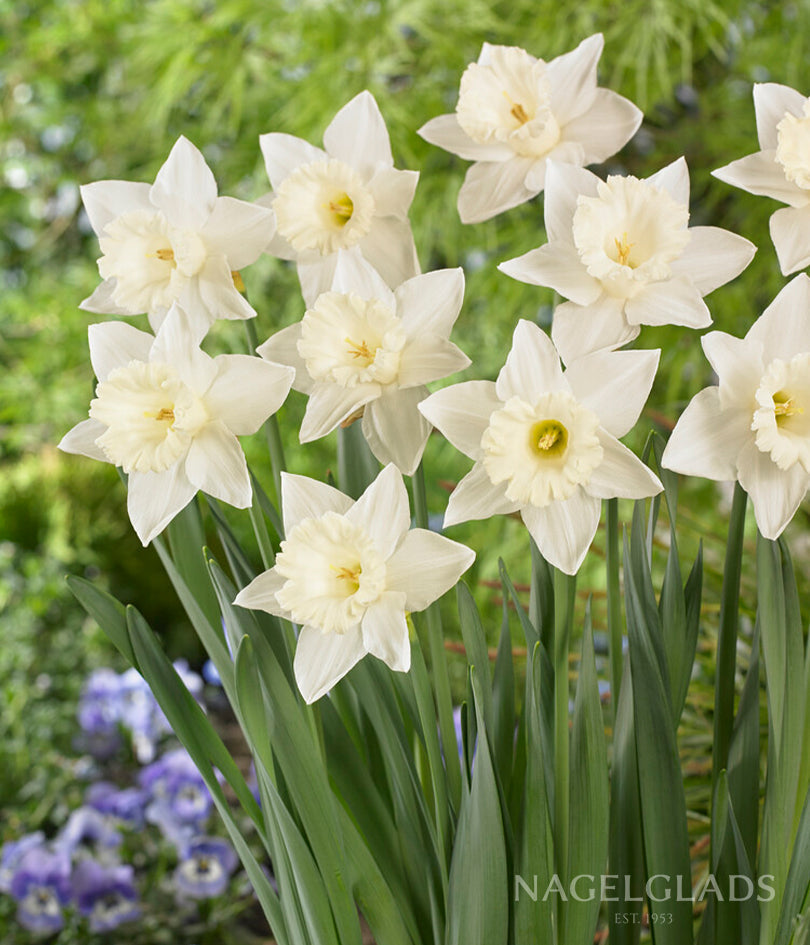Perennial Care & Tips
Soil & Preparation:
Proper soil preparation is key to successful perennial growth. Most perennials, including Oriental Lilies, Asiatic Lilies, Liatris, Astilbe, Thistle, Baby’s Breath, Phlox, and Crocosmia, thrive in well-draining soil enriched with organic matter such as compost or well-rotted manure. Aim for a soil pH between 6.0 and 7.0. Before planting, loosen the soil to a depth of 12-15 inches to encourage root development. Ensure the selected location provides appropriate light conditions—while some perennials, like Liatris and Asiatic Lilies, prefer full sun, others, such as Astilbe, thrive in partial shade.
Planting:

Plant perennials based on their specific needs. Oriental and Asiatic Lilies should be planted 4-6 inches deep, while Crocosmia and Liatris should be planted 2-3 inches deep. Space plants according to their mature size to allow for airflow and prevent overcrowding. Thistle and Baby’s Breath require well-spaced planting to avoid excessive moisture retention around their roots. Phlox, known for spreading, should be planted in an area where it can expand. The best planting time varies: spring and early fall are ideal for most perennials to establish strong roots before extreme temperatures.
Watering:
Most perennials require consistent moisture but should not sit in waterlogged soil. Water newly planted perennials deeply and regularly to help establish their root systems. Once established, many perennials, such as Liatris and Thistle, are drought-tolerant, while Astilbe and Phlox prefer more consistent moisture. Aim to provide at least an inch of water per week, adjusting based on rainfall. Water early in the morning to allow excess moisture to evaporate, reducing the risk of fungal diseases.
Fertilization During Growth:
Fertilization supports strong growth and vibrant blooms. Apply a balanced, slow-release fertilizer (such as 10-10-10) in early spring as new growth emerges. Lilies benefit from an additional feeding mid-season to support blooming. Organic options such as compost or fish emulsion can also provide necessary nutrients. Avoid excessive nitrogen, which can promote leaf growth at the expense of flowers.
Weed Control:
- Apply a 2-3 inch layer of mulch around plants to suppress weeds and retain moisture.
- Hand weed regularly to prevent competition for nutrients and water.
- Use pre-emergent herbicides sparingly, ensuring they are safe for perennials.
Insect Control:
- Inspect plants regularly for signs of pests such as aphids, lily beetles, and spider mites.
- Use insecticidal soaps or neem oil for mild infestations.
- Encourage beneficial insects, such as ladybugs and lacewings, to control harmful pests naturally.
- Avoid overhead watering, as it can encourage fungal diseases and attract pests.

Cutting Back and Winter Care:
After the growing season, perennials benefit from proper cutting back and winter protection.
- Lilies should have their stems removed after they yellow in late fall.
- Liatris and Crocosmia can be left standing for winter interest but should be trimmed in early spring.
- Astilbe and Phlox can be cut back to ground level after the first frost.
- Apply mulch around plants to insulate roots from harsh winter temperatures.
- Thistle and Baby’s Breath can be left standing for visual appeal and wildlife interest.
Dividing and Propagation:
Many perennials benefit from division every few years to maintain vigor and prevent overcrowding.
- Lilies should be divided every 3-4 years in early fall.
- Liatris and Crocosmia benefit from division in spring or early fall.
- Phlox should be divided every 2-3 years to maintain strong growth.
- Astilbe should be divided every 3-5 years, replanting healthy sections with ample spacing.
Following these care and maintenance tips will ensure your perennials remain healthy and vibrant year after year, bringing lasting beauty to your garden.


